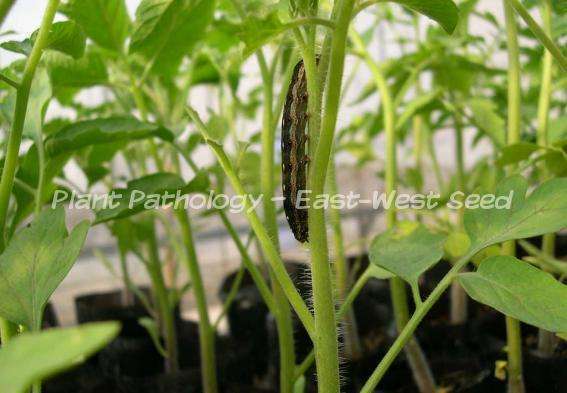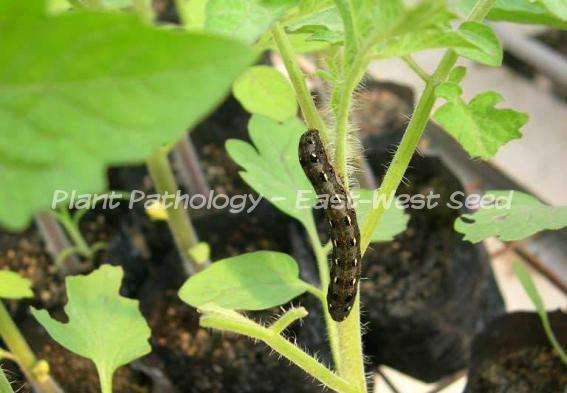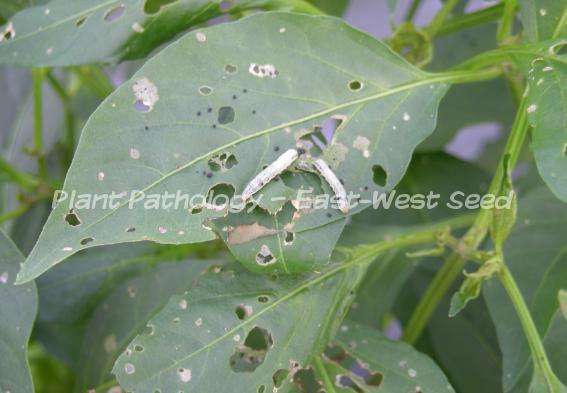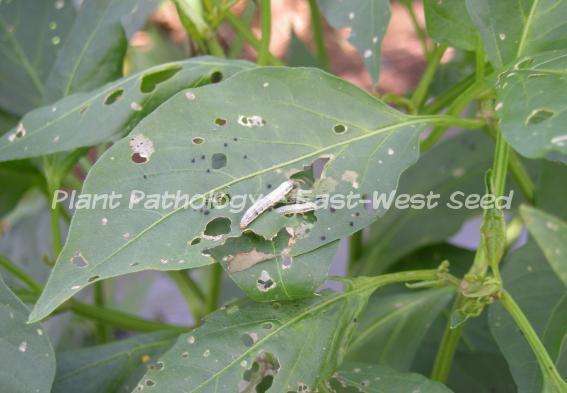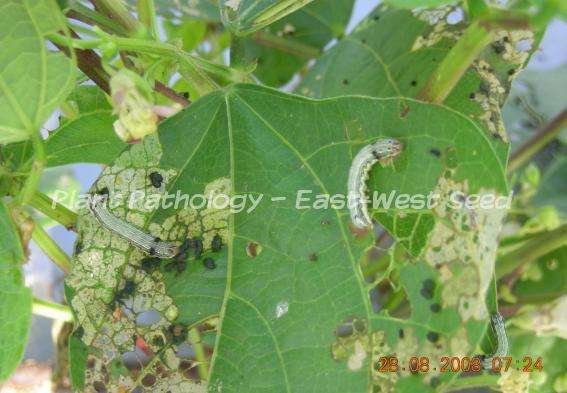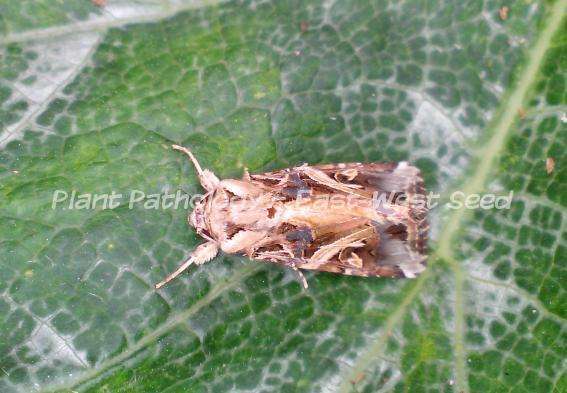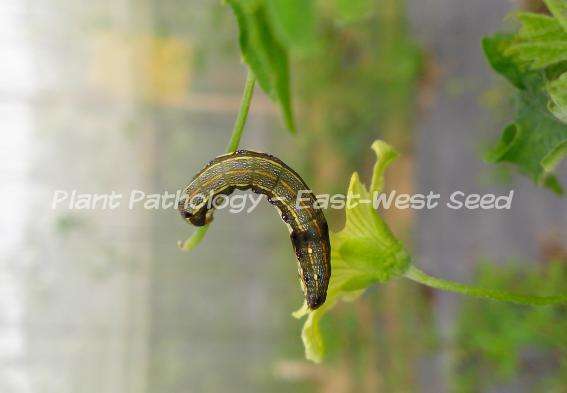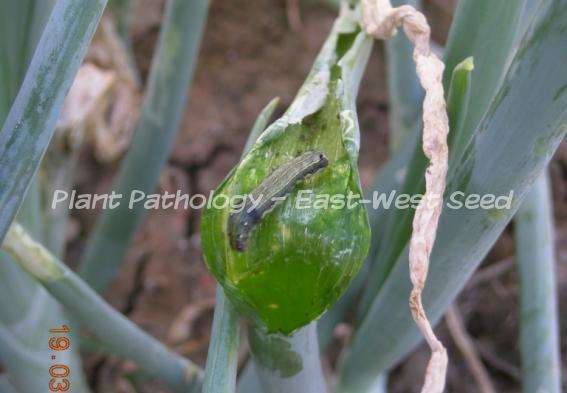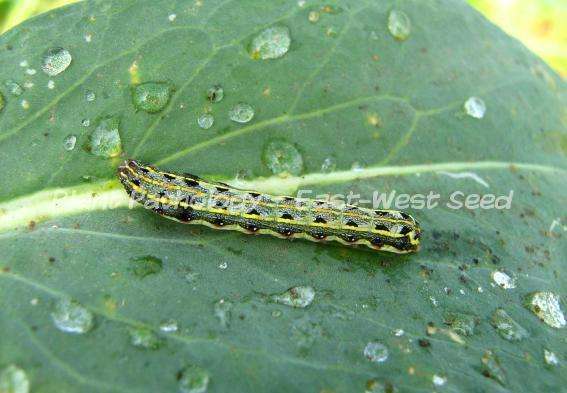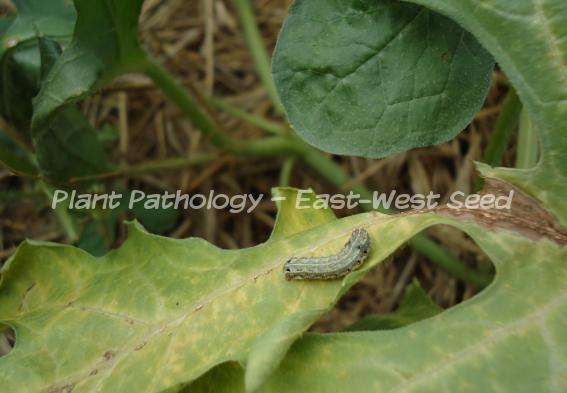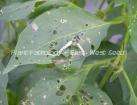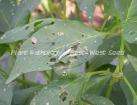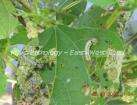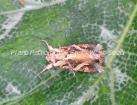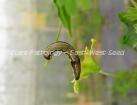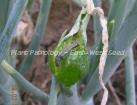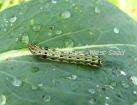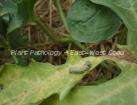| Common Species: | |
 |
Spodoptera litura (Fabricius) |
| Common Name: | |
 |
taro catterpillar |
 |
cluster caterpillar |
 |
common cutworm |
 |
cotton leafworm |
 |
cotton worm |
 |
tobacco caterpillar |
| Damaging Stage: | |
 |
Larvae
|
| Crops Afected: | |
 |
Cucurbits, solanaceous, legumes, brassicas, cotton, tobacco, onion
|
| Characteristics Damage: | |
 |
Newly hatched larvae attack their hosts in cluster and feed gregariously by scraping the leaf surface.
|
 |
Larvae move and feed on the other leaves making large irregular holes and may leave only the veins. |
 |
High infestation results to severe defoliation. |
| Control and Management: | |
 |
Monitor the area regularly.
|
 |
Hand pick the larvae to reduce the population. |
 |
Remove weeds and volunteer plants that may serve as alternate hosts. |
 |
Cultivate the soil by plowing and harrowing and use plastic mulch to minimize pupation in the soil. |
 |
Plant trap crops like sunflower, taro or castor plants around the area. |
 |
Use of pathogens like the nuclear polyhedrosis virus and entomopathogenic fungi Aspergillus flavus, Beauveria bassiana and Metarhizium anisopliae to reduce cutworm population. |
 |
Apply botanical insecticide like neem extract. |
 |
Apply lamda-cyhalothrin (e.e. Karate®), tebufenozide (e.g. Mimic®) and fipronil (e.g. Ascend®) when necessary. |
| References: | |
|
https://en.wikipedia.org/wiki/Spodoptera_litura |
|



